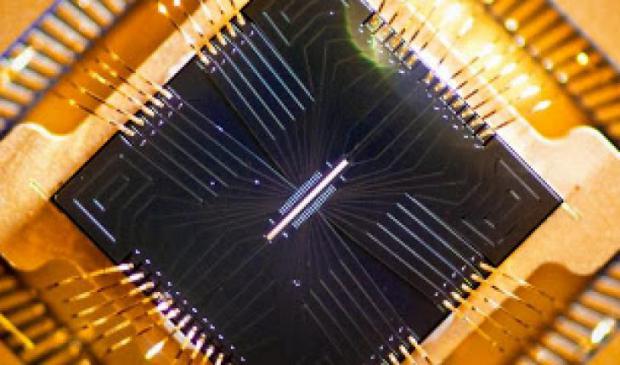
Breaking News
 Prepare For Coming World War, NATO Chief Says
Prepare For Coming World War, NATO Chief Says
 Israel Used Palantir Technology In Its 2024 Lebanon Pager Attack
Israel Used Palantir Technology In Its 2024 Lebanon Pager Attack
 Jordan Peterson Out Of Hospital But Still "Very Unwell", Daughter Says
Jordan Peterson Out Of Hospital But Still "Very Unwell", Daughter Says
 FDA Investigating Deaths Potentially Linked To COVID-19 Vaccines Across Age Ranges
FDA Investigating Deaths Potentially Linked To COVID-19 Vaccines Across Age Ranges
Top Tech News
 Build a Greenhouse HEATER that Lasts 10-15 DAYS!
Build a Greenhouse HEATER that Lasts 10-15 DAYS!
 Look at the genius idea he came up with using this tank that nobody wanted
Look at the genius idea he came up with using this tank that nobody wanted
 Latest Comet 3I Atlas Anomolies Like the Impossible 600,000 Mile Long Sunward Tail
Latest Comet 3I Atlas Anomolies Like the Impossible 600,000 Mile Long Sunward Tail
 Tesla Just Opened Its Biggest Supercharger Station Ever--And It's Powered By Solar And Batteries
Tesla Just Opened Its Biggest Supercharger Station Ever--And It's Powered By Solar And Batteries
 Your body already knows how to regrow limbs. We just haven't figured out how to turn it on yet.
Your body already knows how to regrow limbs. We just haven't figured out how to turn it on yet.
 We've wiretapped the gut-brain hotline to decode signals driving disease
We've wiretapped the gut-brain hotline to decode signals driving disease
 3D-printable concrete alternative hardens in three days, not four weeks
3D-printable concrete alternative hardens in three days, not four weeks
 Could satellite-beaming planes and airships make SpaceX's Starlink obsolete?
Could satellite-beaming planes and airships make SpaceX's Starlink obsolete?
$15 million for 100 qubit trapped ion quantum computer project

The Software-Tailored Architecture for Quantum (STAQ) co-design project aims to build a quantum computer capable of solving challenging calculations within five years. Fred Chong, the Seymour Goodman Professor of Computer Science at the University of Chicago, will receive $3 million to lead the STAQ software team, bridging the gap between new architectures developed by the project and theoretical algorithms that apply quantum computing to chemistry, physics and other domains.
The STAQ project will explore a particular quantum computing technology using trapped ions—atoms with electrons removed to give them a positive charge. Researchers then suspend these atoms in an ultra-high vacuum, and use precise lasers to manipulate their quantum states and form qubits, the quantum analogue of a traditional logical computer bit.

 First totally synthetic human brain model has been realized
First totally synthetic human brain model has been realized Mach-23 potato gun to shoot satellites into space
Mach-23 potato gun to shoot satellites into space

